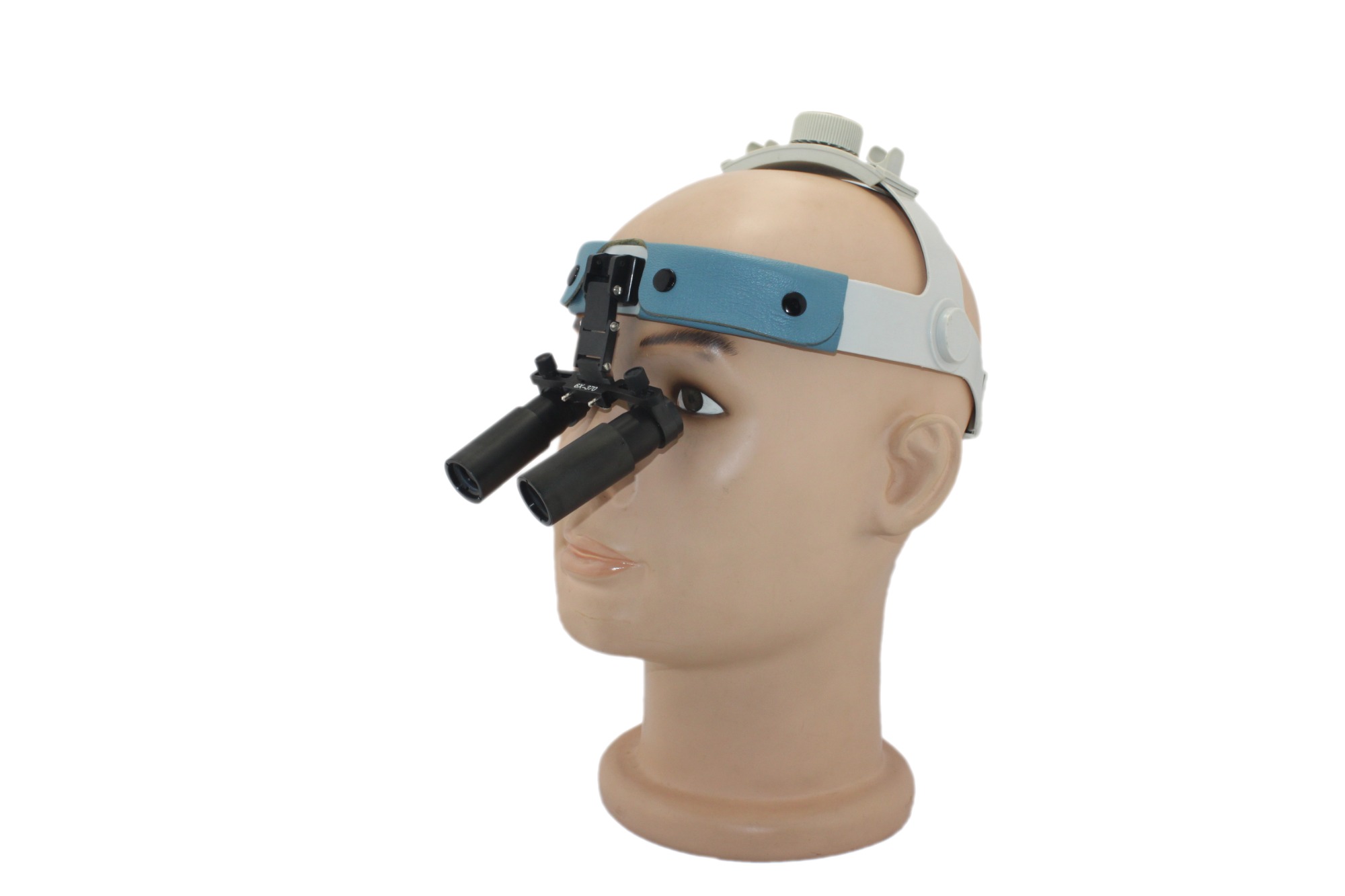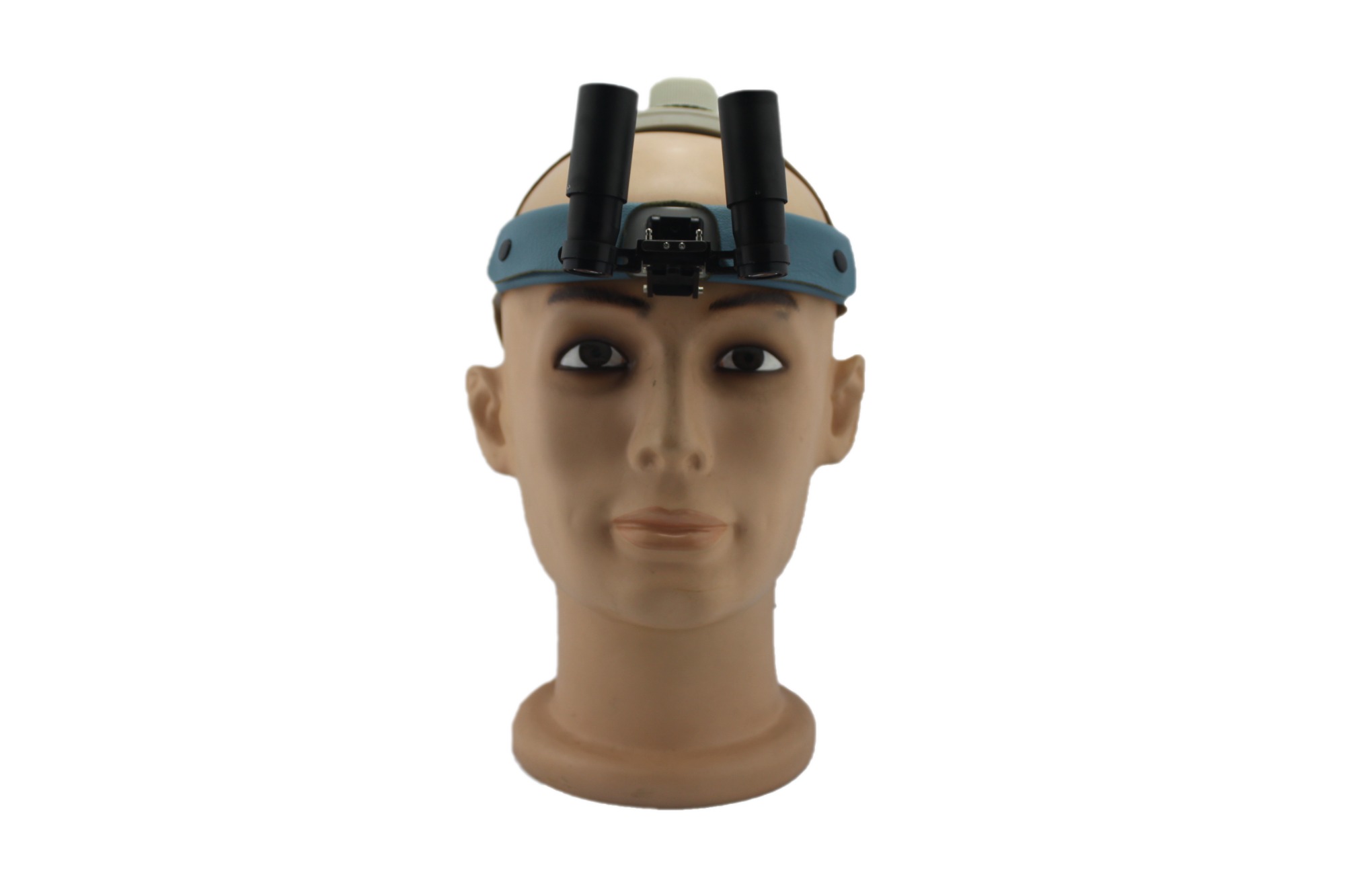| Product parameters | |
| working distance: | 340mm/420mm/460mm/500mm/550mm |
| pupil distance: | can be adjustable |
best quality LB headband prismatic dental loupes surgicl lopes 5.0x,full adjustable,edge-to-edge clarity,light weight desinging,LB headband style 


Features:
• Razor-sharp, edge-to-edge clarity
• Extremely high resolution optics
• Lightweight design
• Multi-coated for: anti-glare, anti-fog and scratch-resistance
• Manufacturer direct pricing
Uses a prism system, which offers very clear image. Camber hinge offers comfortable view angle. Prism system give you a wider field of view with maximum magnification. flip-up, dental loupes & surgical loupes, offer the maximum ease of use, combined with multi-functional capabilities, Available in a variety of magnification & working distances . prismatic loupes is a little heavier than Galilean loupes, Headband style can reduce the uncomforable for long time using.
Flip Up dental loupes surgical loupes: View angle is adjustable, pupil distance is adjustable. Headband style has no glass frames, but it can together using with user's own glasses.
Packing includes (Accessory)
- manual

